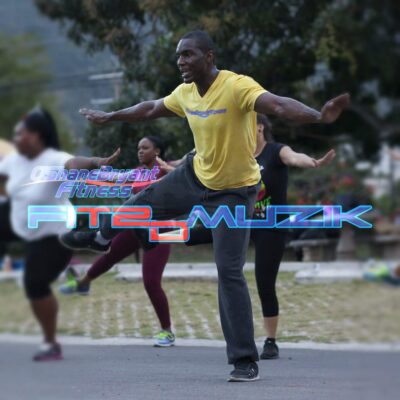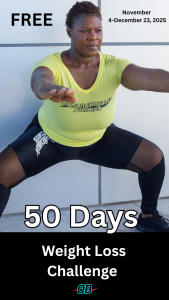When you workout should your rest between sets be short or long?
The Situation
Whether you’re a workout veteran or newbie, the issue of rest duration within workout, has always been an area of confusion amongst the general public of exercisers; and an area of debate amongst exercise professionals & scientists alike.
Generally, no two fitness trainers nor coaches will agree entirely on the “sufficient duration of rest” in between workout sets. And it’s because of this (and others), why adverse outcomes in exercisers arise, such as:
- Overtraining.
- Under training.
- Plateau.
- Injury.
- Workout Cessation.
- Demotivation.
- Binge Eating.
- Starvation.
Exercise Science (Basics)
When you engage in exercise your body through its musculoskeletal system, nervous system, and circulatory system (to name a few), must engage synchronously.
- Increased heart rate & breathing rate.
- Increased force generation of skeletal muscles to move your bodyweight & external load.
- Elevated body temperature,
- Increased Perspiration.
- Increased feeling of skeletal muscle (lactate buildup).
All of these gross outcomes arise because of bioenergetics at multi cellular-organelle scale. This bioenergetics embody metabolism (breakdown of energy substrates) to fuel exercise; rid the body of metabolic waste; and ultimately through rest, result in gross scale recovery in between workout sets.
Too Little Rest. Too Long Rest. Depends on the Individual-Goal
Specificity & Individualization. Whether your rest is too short or too long, resides within these two & others. We are all unique at the DNA & Gross Scale. And likewise, our environmental realities (time of day, temperature, responsibilities…and their influence on our mood& physiology), are never the same beyond a day. So on this basis, there cannot be a 100% accurate approach in determining the rest duration for exercise(s) within a workout.
However, based on research conducted by exercise scientists over the years, as well as my experiential knowledge, a fairly accurate zone of cues, among others, towards determining whether an individual’s rest in between workout rounds is too short or long; and whether or not it’s beneficial or detrimental, can be used.
Cues of Too Short Rest In Workout
- Reduced exercise performance beyond acceptable zone.
- Difficulty breathing upright.
- Grimacing of face.
- Nausea.
- Runs.
Cues of Too Long Rest In Workout
- Reduced core temperature to near resting.
- Reduced heart rate & breathing rate to near resting.
- Reduced flexibility and/or mobility of a limb/ joint(s), etc.
When Your Rest Between Exercise Sets Should Be Short
- If you’re training is performance-driven (professional sport).
- If your program goal specifies or requires this (exercise test, research…).
When Your Rest Between Exercise Sets Should Be Long
- If you’re new to exercise.
- You have a medical condition that dictate a specific heart rate & breathing rate zone.
- You complain of chest pain & difficulty breathing.
Exercise specific for your needs & capabilities. Too short or too long a rest within your workout reside within your individualization & workout goal(s) to say the least. Irrespective of whether or not you should rest little or long when working out, ensure you’re working out safely.
About The Author
Oshane Bryant: BSc Geology, Geography Minor; ACE CPT since 2012; Jamaica Business Development Corporation (JBDC) Accelerator Graduate-2018 cohort; Licensed KUKIBO Martial Arts & Self Defense, Senior Instructor; OB Fitness Founder & Managing Director.






